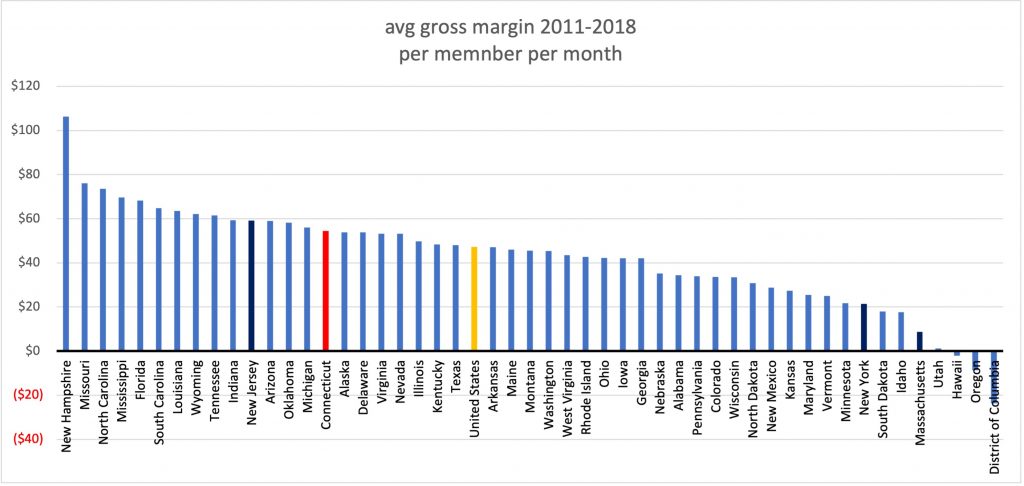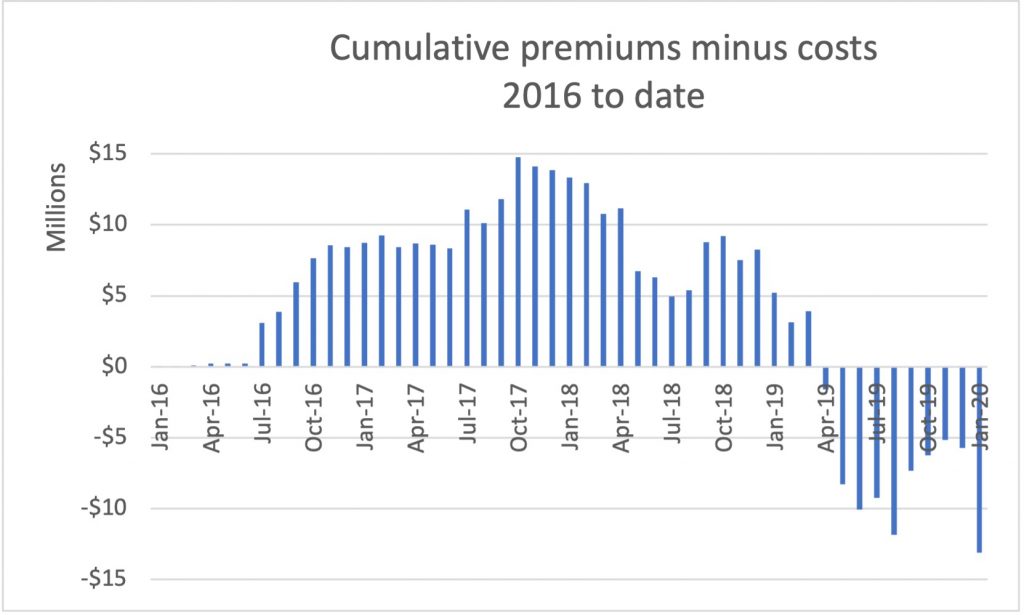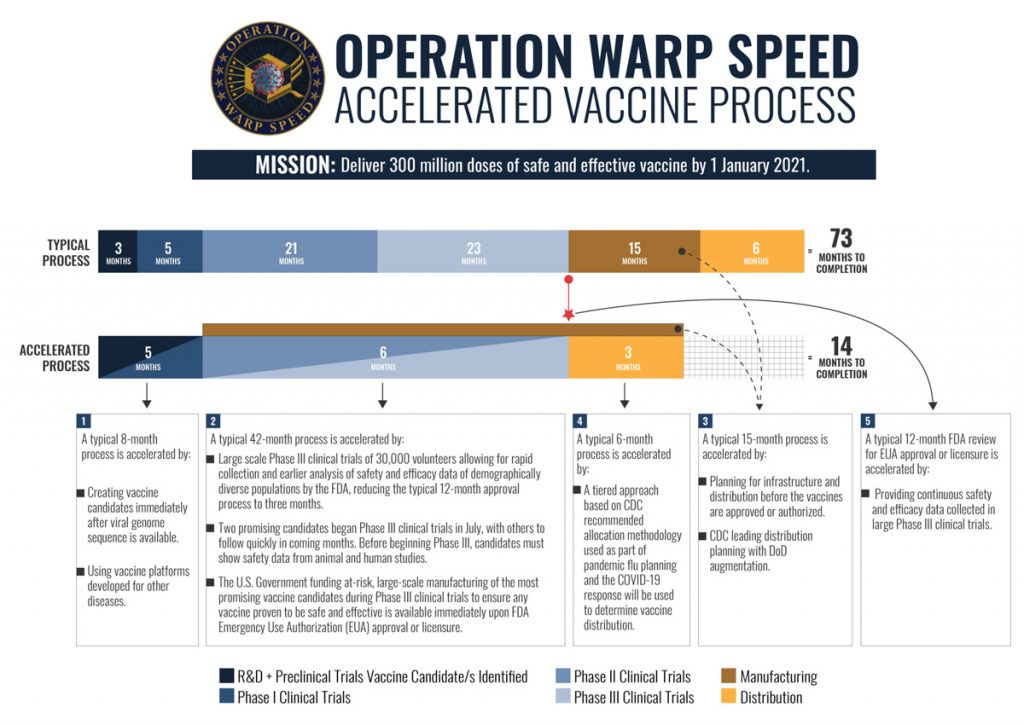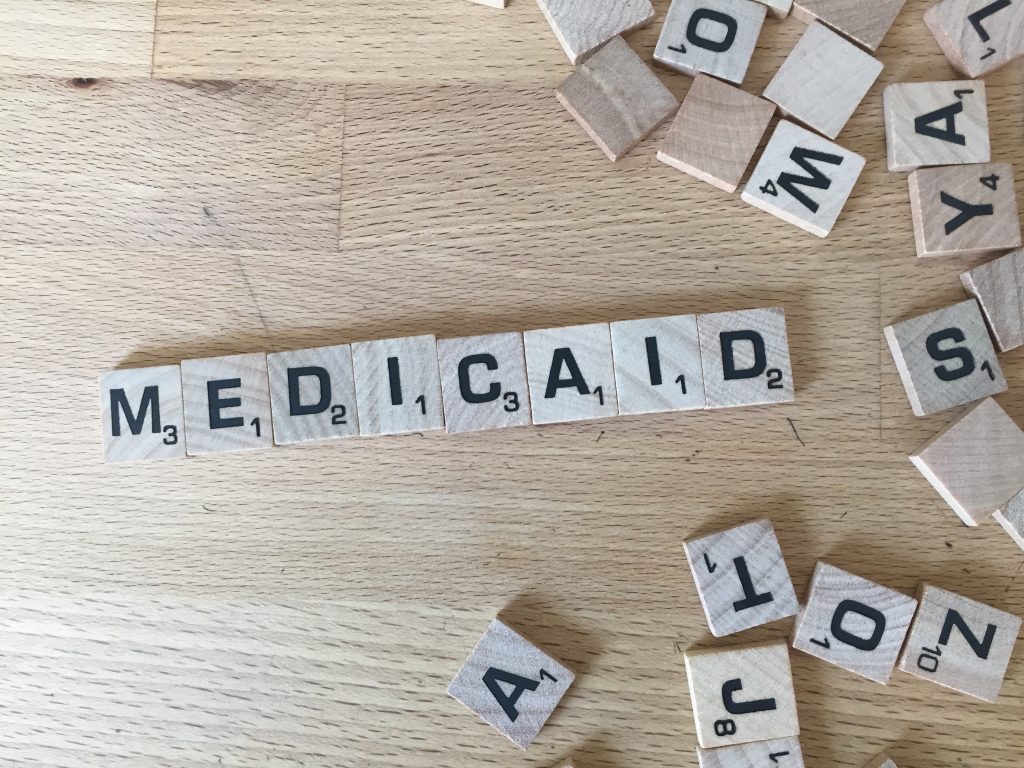consumer info
CT ozone pollution among worst in US
Fairfield is the 19th most ozone polluted US county for 2017-2019 according to the American Lung Association’s latest report on the nation’s air quality. All but two Connecticut counties earned an F for the number of high ozone days. High ozone levels cause inflammation in the lungs, decreased lung function, and susceptibility to respiratory infections…
Read MoreSome long-term care costs high in CT, but not all
Download the report The latest survey of long term services and supports care costs found Connecticut prices for residential care are among the highest in the US. But in-home care is surprisingly reasonable, close to the US average. Last August, annual costs for Connecticut assisted living and semi-private rooms nursing home rooms were the 5th…
Read MoreOpinion: Innovation isn’t helpful if we can’t afford it
In today’s CT Mirror, Jay Gironimi rebuts an opinion supporting the pharmaceutical industry and explains how extreme drug prices are hurting patients. Jay is supporting the Governor’s bill to tax excessive drug price increases years after the companies have recovered their research costs. Jay has Cystic Fibrosis and needs 10-12 medications daily so he can…
Read MoreConnecticut individual plans are profitable
Download the report here Individual coverage in Connecticut, , has been more profitable than most states. From 2011 through 2018, each month $55 of premiums went to profit in Connecticut, the 15th highest profitability among states and above the US average of $47. Individual plans in Massachusetts and New York were far less profitable, while…
Read MoreAccessHealthCT report offers roadmap to address disparities
Access Health CT has published a new, very well-researched description, both quantitative and qualitative, of Connecticut’s health disparities and COVID’s impact. The graphic on page 2 following the lives of two boys, Marcus and Tyler, born on the same day but into very different circumstances, makes the impact tangible. I’ll be using it as a…
Read MoreOP-ED | Making the Public Option Better
Commercial health insurance premiums in Connecticut are the sixth highest in the nation and they continue to grow faster than inflation. While we’re making progress, it’s too slow. A public health insurance option to compete with private plans is getting a lot of attention from legislators and it makes sense conceptually. But Connecticut consumers deserve…
Read MoreState Partnership Plan losing money but still more expensive than average CT plan options
Download the report Connecticut’s most recent public health insurance option, the Partnership Plan 2.0, offers healthcare coverage to municipal employees. According to a new analysis by Brown & Brown Insurance, Partnership Plan premium increases have not kept up with costs. The very impressive analysis is based on Freedom of Information requests; very little information on…
Read MoreCTNJ: If The COVID Vaccine Is Free For Patients, Who Is Paying For It?
Federal law ensures the COVID vaccine will be provided to every American at no cost. So who is paying for it? Because it’s healthcare, the answer is complicated and we are all paying for it – mostly through taxes and a bit through our insurance premiums. Read more
Read MoreBook Club — Counting: How We Use Numbers to Decide What Matters
I’ve never dog-eared as many pages in a book as Counting: How We Use Numbers to Decide What Matters by Deborah Stone. It’s very trendy to be “data-driven” and assert that “science matters” but what gets counted and how it’s defined make all the difference. Numbers and statistics are nice, but only if they represent…
Read MoreCT Medicaid rates squeezed a bit but still higher than other states
A new comparison published this month in Health Affairs finds that Connecticut Medicaid provider payment rates lost some ground between 2012 and 2019, but they remain higher than the US average and well above most nearby states. Primary care rates are highest relative to other states than other services. From 2012 to 2019, compared to…
Read More









